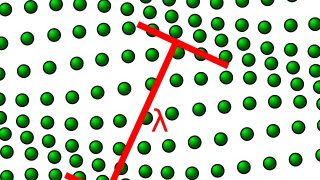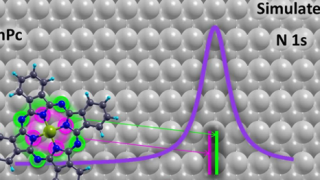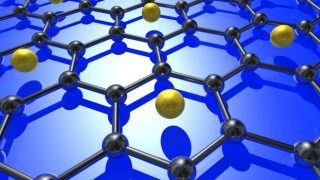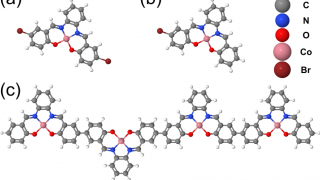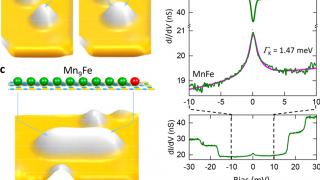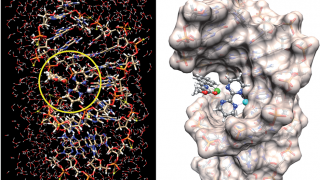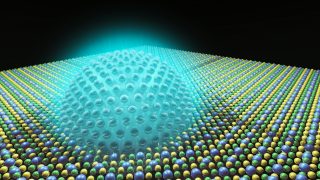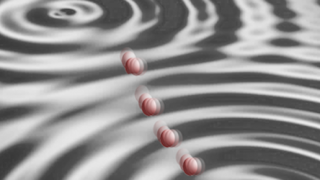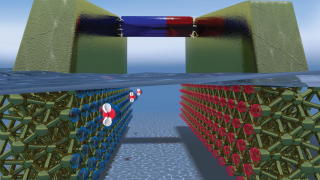
Accurate simulation of aqueous-based electrochemical setups
Chemistry • Condensed matter • Energy • Materials • Physics • Quantum physics
Following the need for new and renewable sources of energy worldwide, fuel cells using electrocatalysts can be thought of as viable options. Catalyst materials modify and increase the rate of chemical reactions without itself undergoing any permanent change. An electrocatalyst is a catalyst that participates in electrochemical reactions and that functions at electrode surfaces or […]

